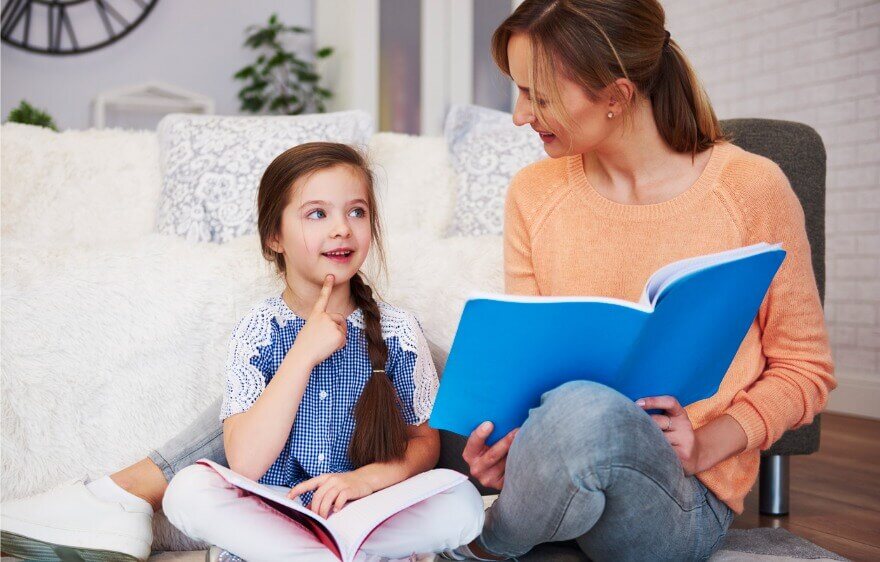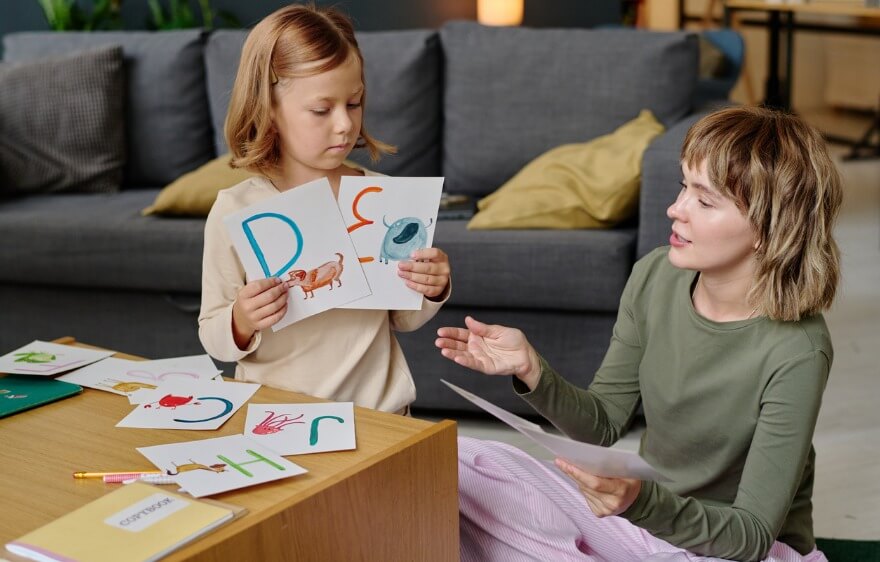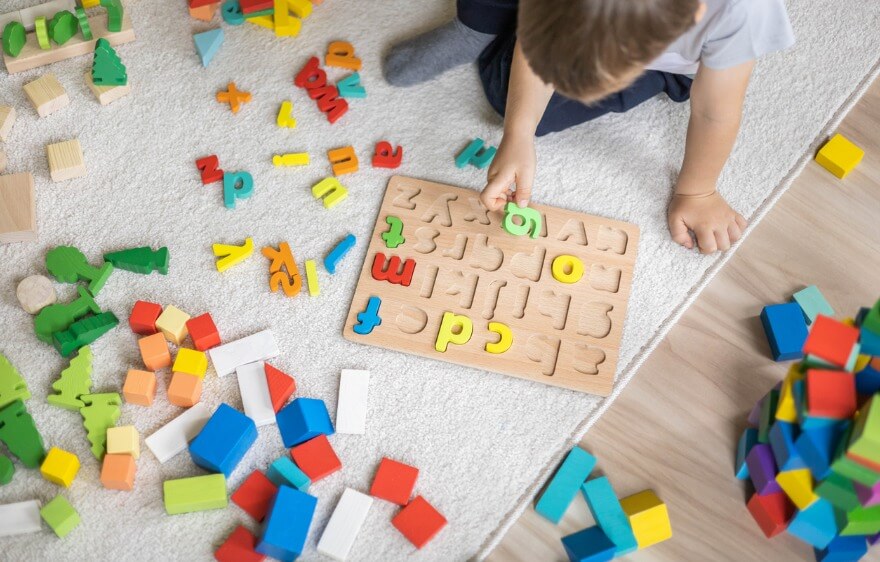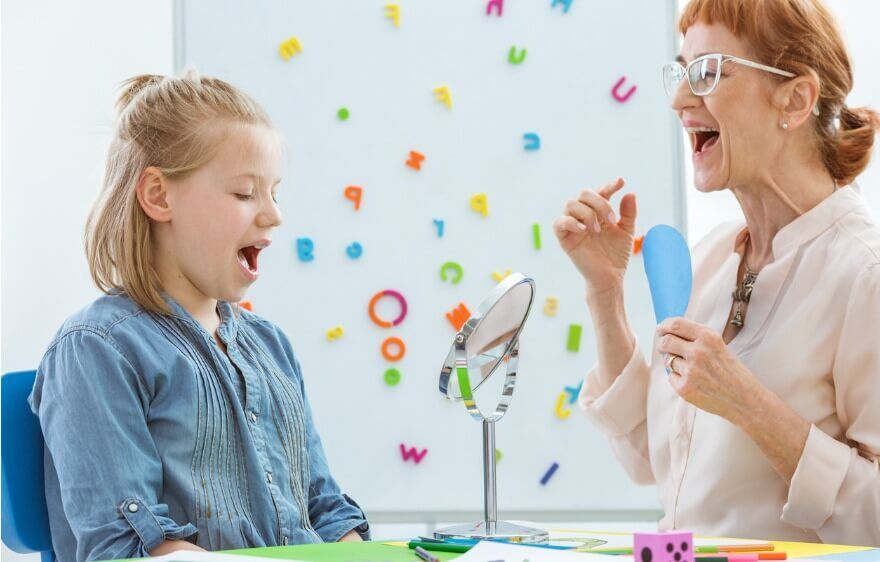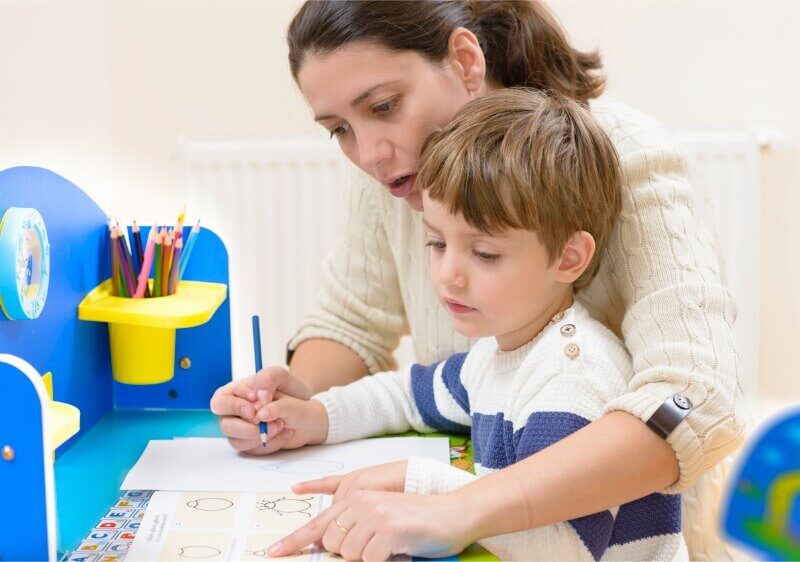As an SLP, you know speech therapy plays a crucial role in helping children overcome communication challenges. This can mean everything from articulation to language comprehension to fluency. But how can therapists, parents, and caregivers make the most of their time together?
By using proven and engaging speech therapy techniques, you can empower children to express themselves with confidence while having a lot of fun along the way. In this guide, we’ll explore why speech therapy techniques matter and discuss creative and effective strategies to support a child’s communication development. If you’re an SLP searching for fresh ideas, you’ll find inspiration here.
What Are Speech Therapy Techniques?
Speech therapy techniques are structured methods used to address specific communication challenges. They range from exercises that target the muscles used in speech to activities that develop language comprehension or social communication.
These essential techniques provide a framework for creating speech therapy goals and making meaningful progress. By using tailored approaches, therapists and caregivers can help children overcome obstacles, from forming sounds correctly to understanding and using language in everyday situations.
While every child is different, the right combination of techniques can lead to remarkable breakthroughs in communication.
14 Effective Speech Therapy Techniques to Boost Communication Skills
Here’s a list of speech therapy techniques designed to make a meaningful impact on a child’s communication skills.
1. Modeling Speech
One of the simplest and most effective techniques is modeling. Speak clearly and slowly while emphasizing target words or sounds. For example, if you’re working on “S” sounds, you might say, “Look at the sunny sky!” By hearing correct examples repeatedly, children are more likely to mimic and learn.
2. Repetition and Routine
Repetition is key to mastering new skills. Incorporate specific sounds or words into daily routines, like saying “ball” every time you play catch or “open” when opening a door. Consistent repetition in familiar contexts helps reinforce learning.
3. Visual Aids and Flashcards
Visual aids, like flashcards, are a powerful way to support speech therapy. Use cards with pictures and corresponding words to help children associate sounds with images. For example, flashcards with “cat,” “car,” and “cup” can be used to practice the “C” sound in a fun and visual way.
4. Articulation Therapy
This technique focuses on helping children produce specific sounds. Break down words into smaller parts and guide them through each sound step-by-step. For instance, if a child struggles with “R” sounds, you might practice the “rrrr” sound in isolation before adding it to words like “red” or “rabbit.”
5. Play-Based Therapy
Play-based therapy turns speech practice into an enjoyable activity. Use toys, games, or pretend play scenarios to encourage verbal interaction. For example, while playing with a toy kitchen, you can prompt phrases like “I want pizza” or “Pour the juice.”
6. Interactive Storytelling
Reading stories together is a fantastic way to build vocabulary and improve sentence structure. Pause throughout the story to ask questions or let the child fill in the blanks. For example, you might say, “The cat is sitting on the…” and encourage the child to complete the sentence.
7. Sound Isolation and Discrimination
This technique helps children identify and differentiate sounds, a critical SLP skill. Say a series of words and ask the child to pick out the one that starts with a target sound. For instance, if practicing the “B” sound, you might say “bat, cat, and ball” and have them identify the “B” words.
8. Using Gestures and Sign Language
Incorporating gestures or basic sign language can support communication for children who struggle with verbal expression. For example, pairing the word “eat” with a hand gesture for eating can reinforce understanding and provide alternative ways to communicate.
9. Speech Sound Drills
Speech sound drills are structured activities designed to practice specific phonemes. Create a list of words featuring the target sound and have the child repeat them. Start with single words, then progress to phrases and sentences.
10. Expanding Sentences
Help children build longer sentences by expanding on their existing phrases. If a child says, “Want cookie,” respond with, “You want a cookie? Let’s say, ‘I want a cookie, please.’” This technique helps develop more complex sentence structures.
11. Breath Control Exercises
Proper breath control is essential for speech clarity. Activities like blowing bubbles, pinwheels, or candles can help children learn to control their breathing, which is crucial for producing sounds and maintaining a steady pace of speech.
12. Social Story Practice
Short, personalized, social stories help children understand and practice social interactions. For example, you might create a story about greeting a friend, emphasizing phrases like “Hi, how are you?” This technique is especially useful for children with autism or social communication challenges.
13. Positive Reinforcement
Always celebrate effort and progress! Use verbal praise, high-fives, or small rewards to encourage participation and build confidence. For example, after successfully pronouncing a challenging word, you might say, “Great job! You worked so hard on that sound!”
14. Mirror Exercises
Using a mirror can help children see how their mouth and tongue move when making sounds. Sit together in front of a mirror and demonstrate the correct movements for specific sounds, like the “TH” in “thumb” or the “L” in “lion.” Encourage the child to mimic your movements while watching themselves, promoting better articulation and self-awareness.
Why Speech Therapy Techniques Help
The best speech therapy techniques feel natural and engaging for children. When therapy is fun, kids are more likely to participate actively, leading to better results. Each of the techniques listed here is designed to:
- Build confidence in a child’s ability to communicate.
- Provide consistent opportunities for practice.
- Address specific speech and language goals in a structured way.
Tips for Incorporating Speech Therapy Techniques at Home
Incorporating speech therapy techniques into everyday life can make a world of difference in a child’s progress. Here are some practical tips to help you make the most of these strategies at home!
- Be Patient: Progress may be slow initially, but consistency is key. Celebrate small wins!
- Make It Fun: Turn techniques into games to keep kids excited about practicing.
- Use Everyday Moments: Integrate speech therapy into regular activities like snack times or playtime.
- Collaborate with Family: If you’re an SLP, work closely with families to ensure techniques align with specific needs, lifestyle, and goals.
Using Speech Therapy Techniques for Success
Helping your kiddos improve their communication skills can be one of the most meaningful journeys an SLP can embark on. With the right speech therapy techniques, patience, and creativity, you can turn challenges into triumphs and help kids find their voice — literally and figuratively.
Whether through playful activities, structured drills, or interactive storytelling, these techniques provide endless opportunities for learning and growth. So grab some flashcards, a favorite storybook, or even a pinwheel, and get started today!
Effective speech therapy requires dedication, persistence, and compassion. At Care Options for Kids, we’re passionate about giving SLPs the resources and support they need to help kids meet speech milestones big and small. Thanks to a nurturing, collaborative environment, our therapists can deliver personalized therapy that meets each child’s unique needs.
Join the Care Options for Kids Team!
Are you ready for meaningful work that comes with benefits and not burnout? Join the compassionate care team that helps children and families live their best lives. Our clinicians provide best-in-class pediatric nursing, therapy, and school-based services. We bring individualized care to children where they live, work, and play. We have opportunities in homes, schools, and clinics across the country.
Apply at Care Options for Kids now. We make it easy to start so you can make a difference as soon as possible.
